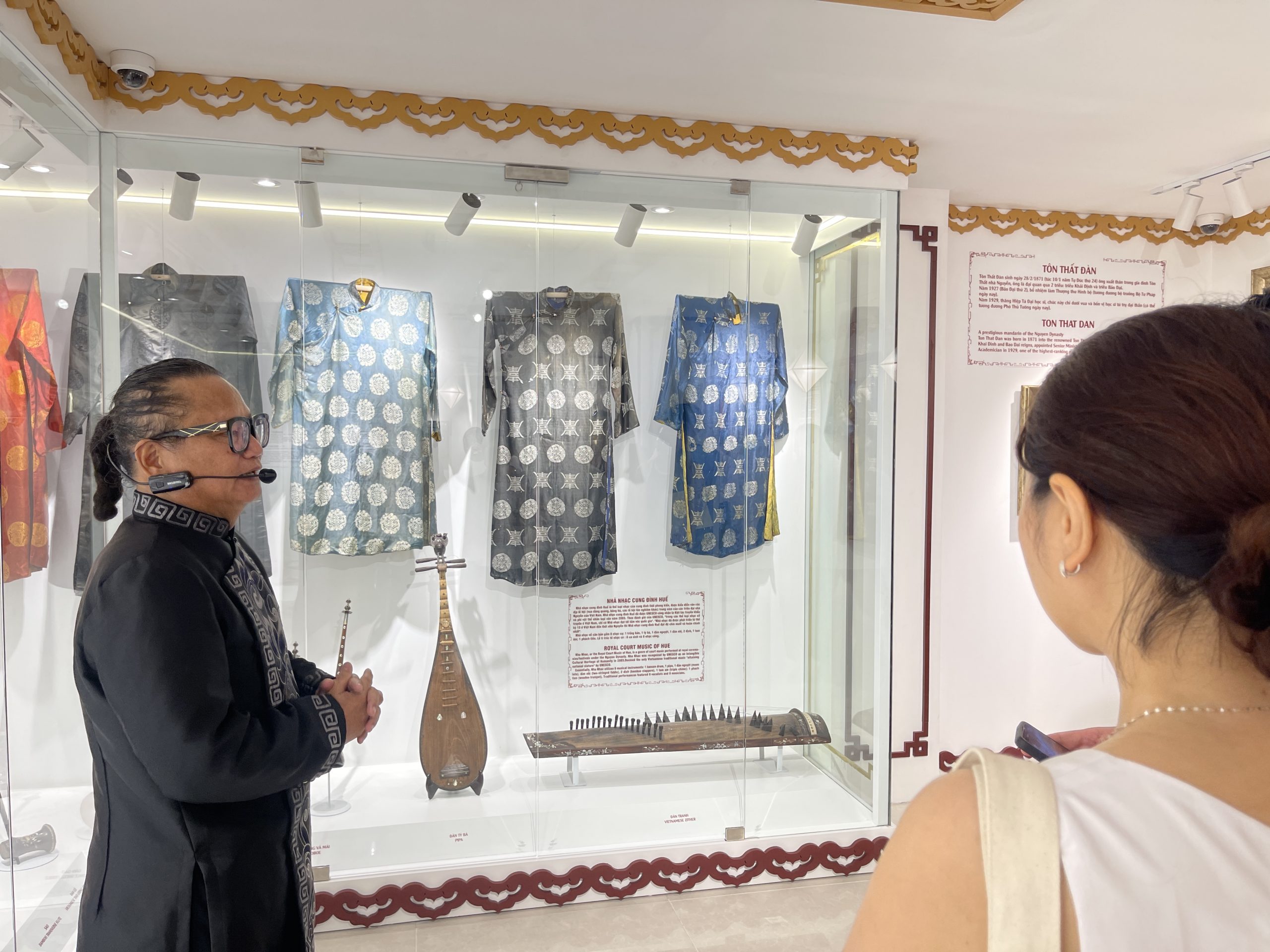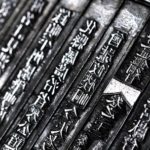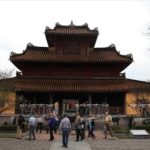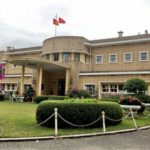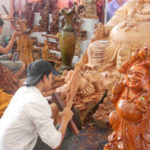The 54 Ethnic Groups Jewelry Museum and the Nguyen Dynasty Artifacts Museum in Ho Chi Minh City are fascinating cultural destinations, offering visitors a glimpse into Vietnam’s rich history and diverse ethnic heritage.
Housed within the same building on Nguyen Hue Street, these museums are part of the Do Hung Museum system, showcasing the remarkable collection of Vietnamese antique collector, Do Hung.
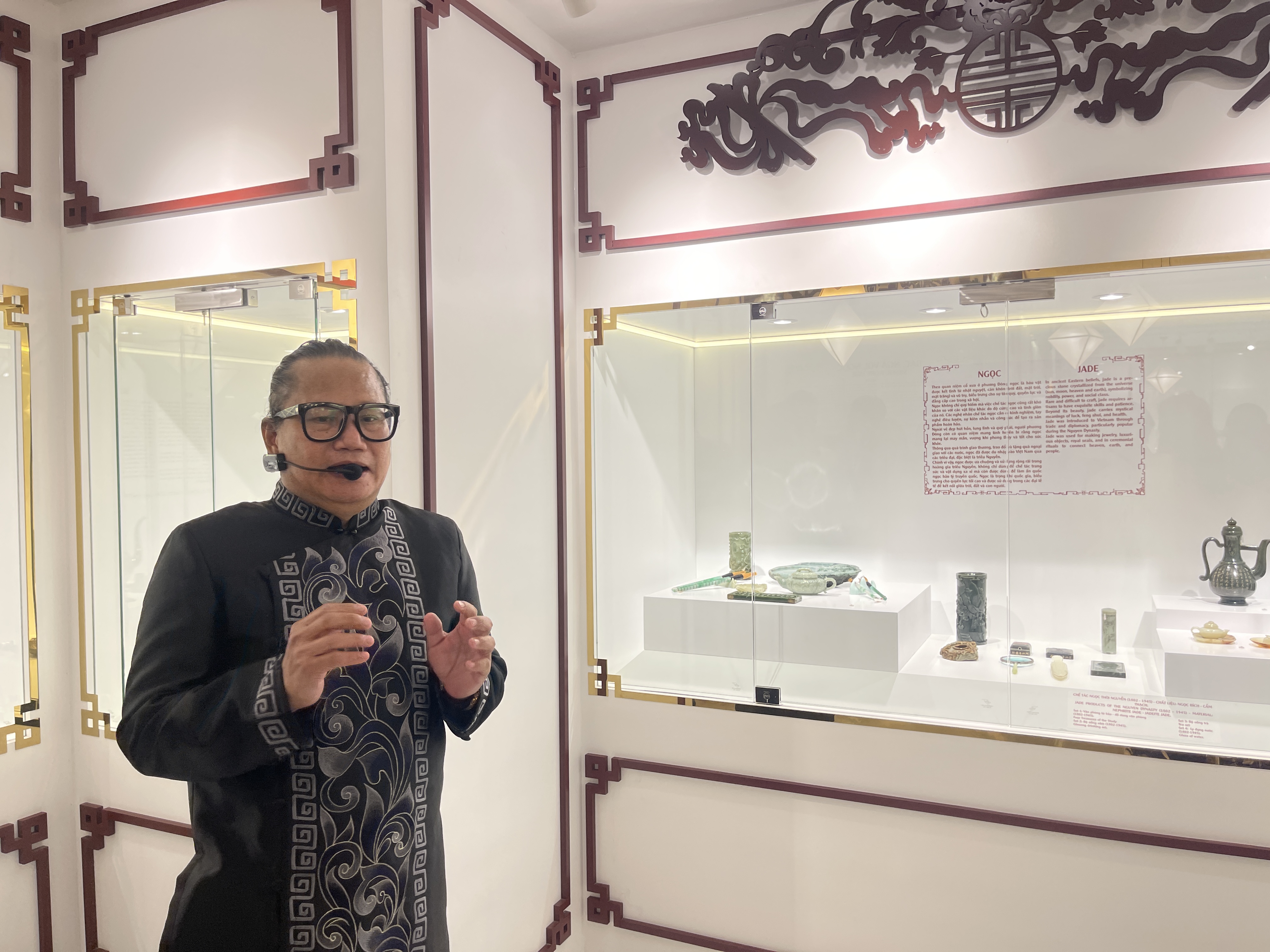
|
|
Vietnamese antique collector, Do Hung, shares insights into Nguyen Dynasty artifacts at his museum. Photo: Dong Nguyen / Tuoi Tre News |
With a passion for preserving and promoting Vietnam’s cultural heritage, Hung has spent decades amassing a vast collection of antiques. The 54 Ethnic Groups Jewelry Museum displays items dating back over 2,500 years, representing the vibrant and diverse cultures of Vietnam’s ethnic groups.
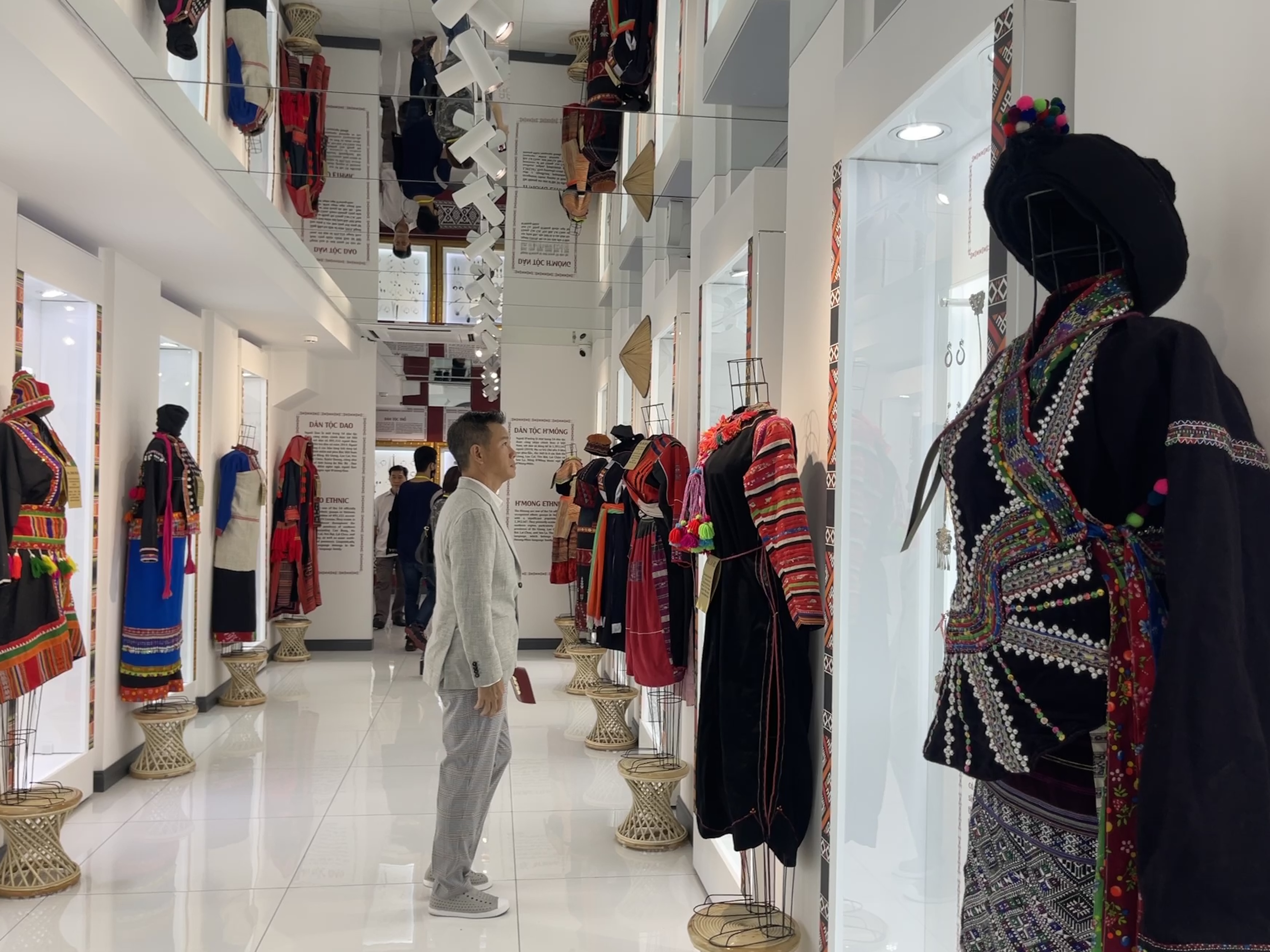
|
|
Ethnic clothing and jewelry on display at the 54 Ethnic Groups Jewelry Museum. Photo: Dong Nguyen / Tuoi Tre News |
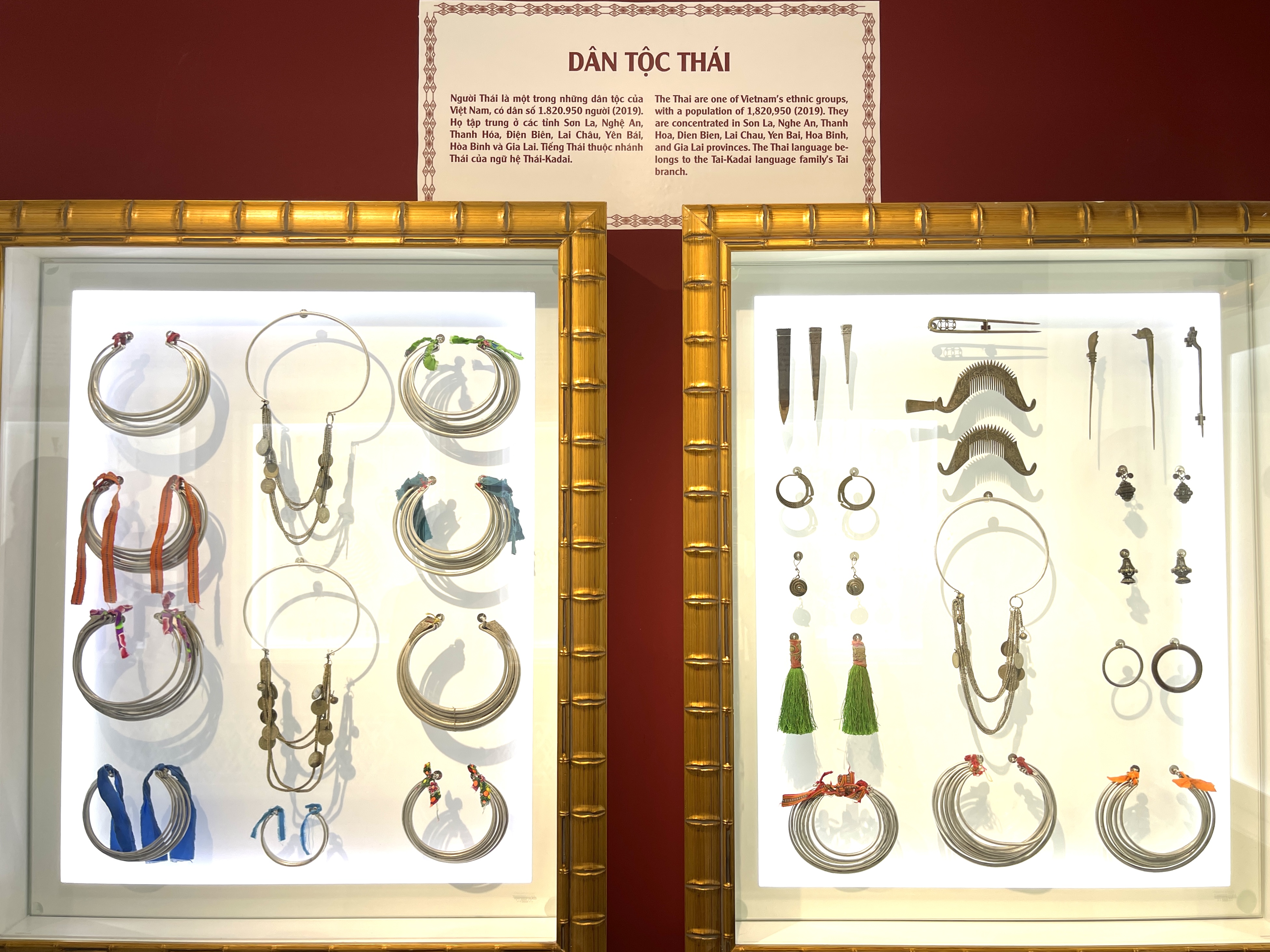
|
|
Stunning jewelry pieces from the Thai ethnic group. Photo: Dong Nguyen / Tuoi Tre News |
The Nguyen Dynasty Artifacts Museum, on the other hand, showcases artifacts from the Nguyen royal family. Here, visitors can admire clothing, jewelry, and daily items used by royalty, as well as learn about the dynasty’s operation from 1802 to 1945.
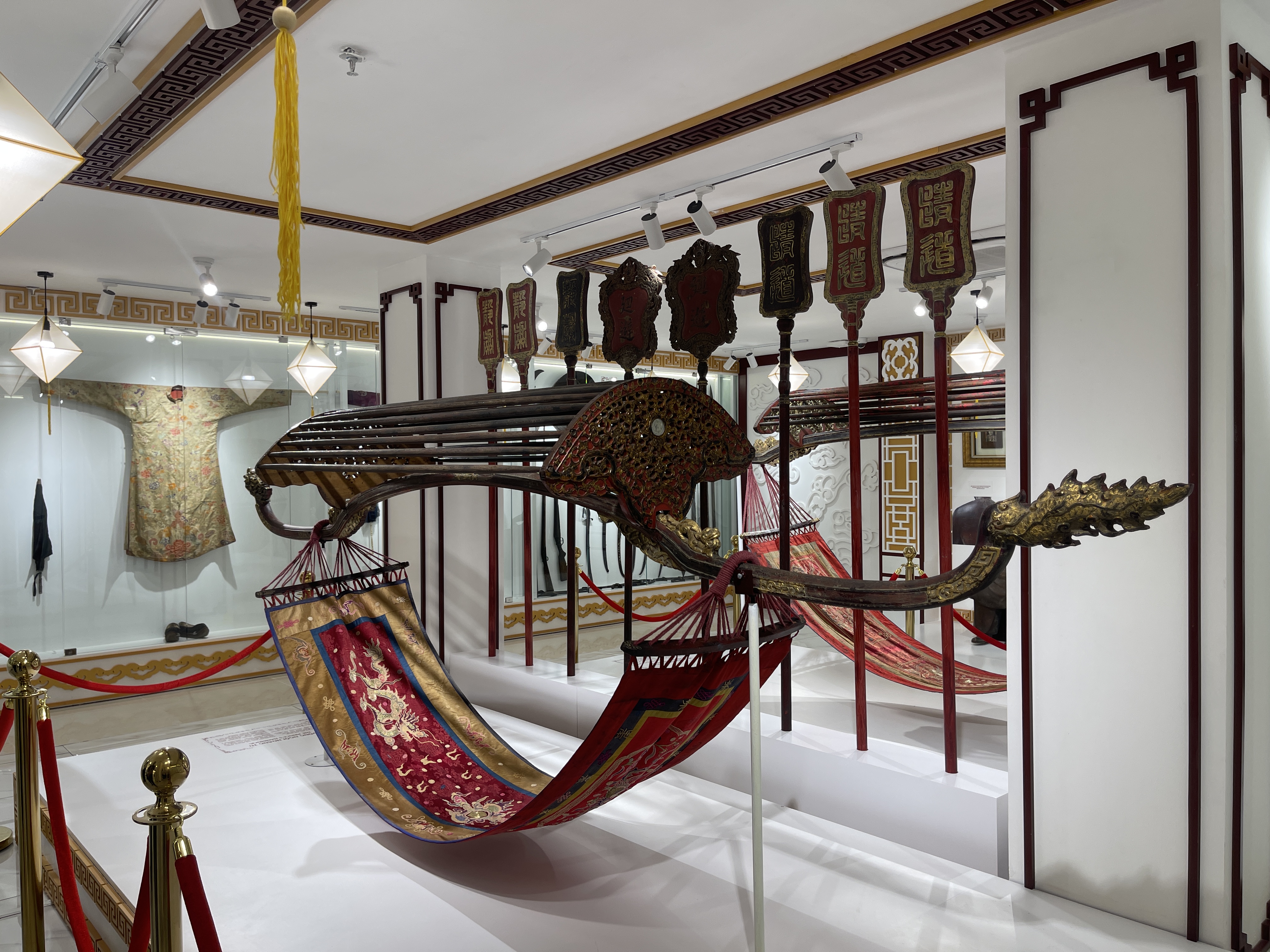
|
|
A prince’s hammock from the Nguyen Dynasty. Photo: Dong Nguyen / Tuoi Tre News |
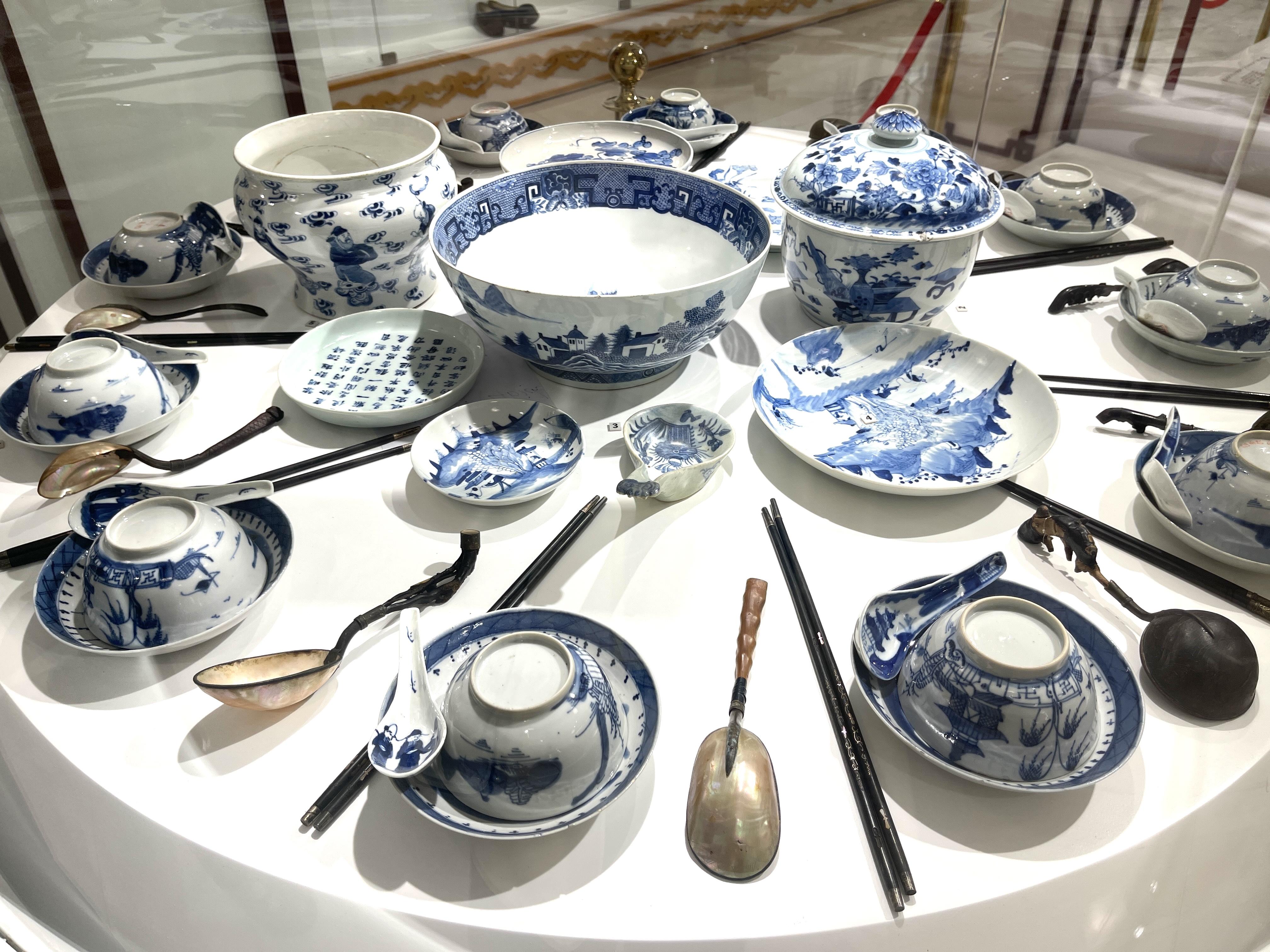
|
|
Dining utensils from the Nguyen Dynasty. Photo: Dong Nguyen / Tuoi Tre News |
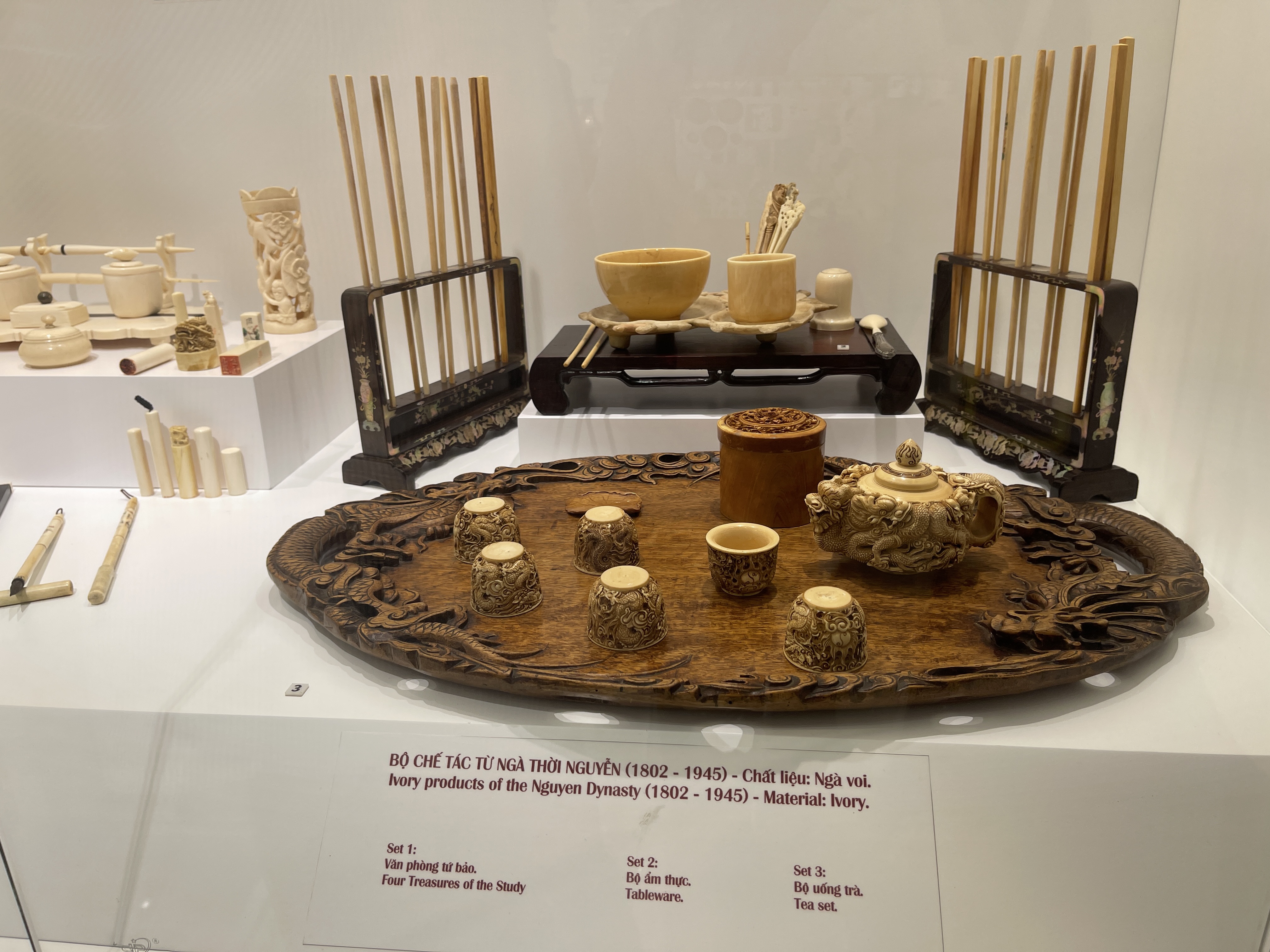
|
|
Ivory products showcase the craftsmanship of the Nguyen Dynasty. Photo: Dong Nguyen / Tuoi Tre News |
Hung’s dedication to his craft is evident, as he has acquired many of these artifacts from auctions abroad, ensuring their preservation for future generations. His collection also includes rare pieces from the reign of Emperor Kien Phuc, who ruled for a brief period in the 19th century.
The collector’s passion for antiques began in his youth with the discovery of ancient coins, and it has since driven him to extensively study Vietnam’s history, culture, and art. Hung’s collection now spans over 2,000 square meters in Hoc Mon District, with only a fraction of it on display at these newly-opened museums.
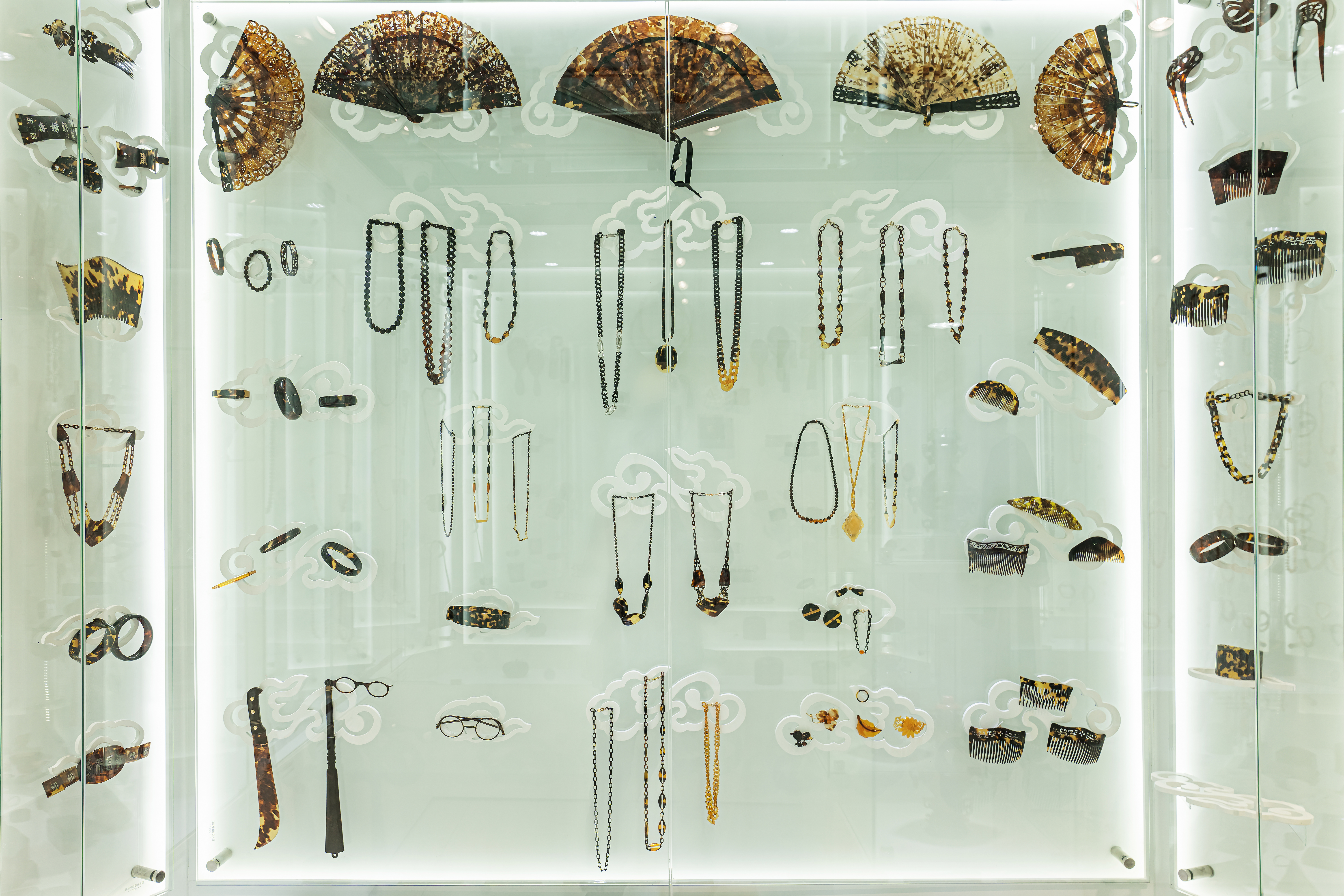
|
|
Elegant jewelry pieces from the Kinh ethnic group. Photo: Supplied |
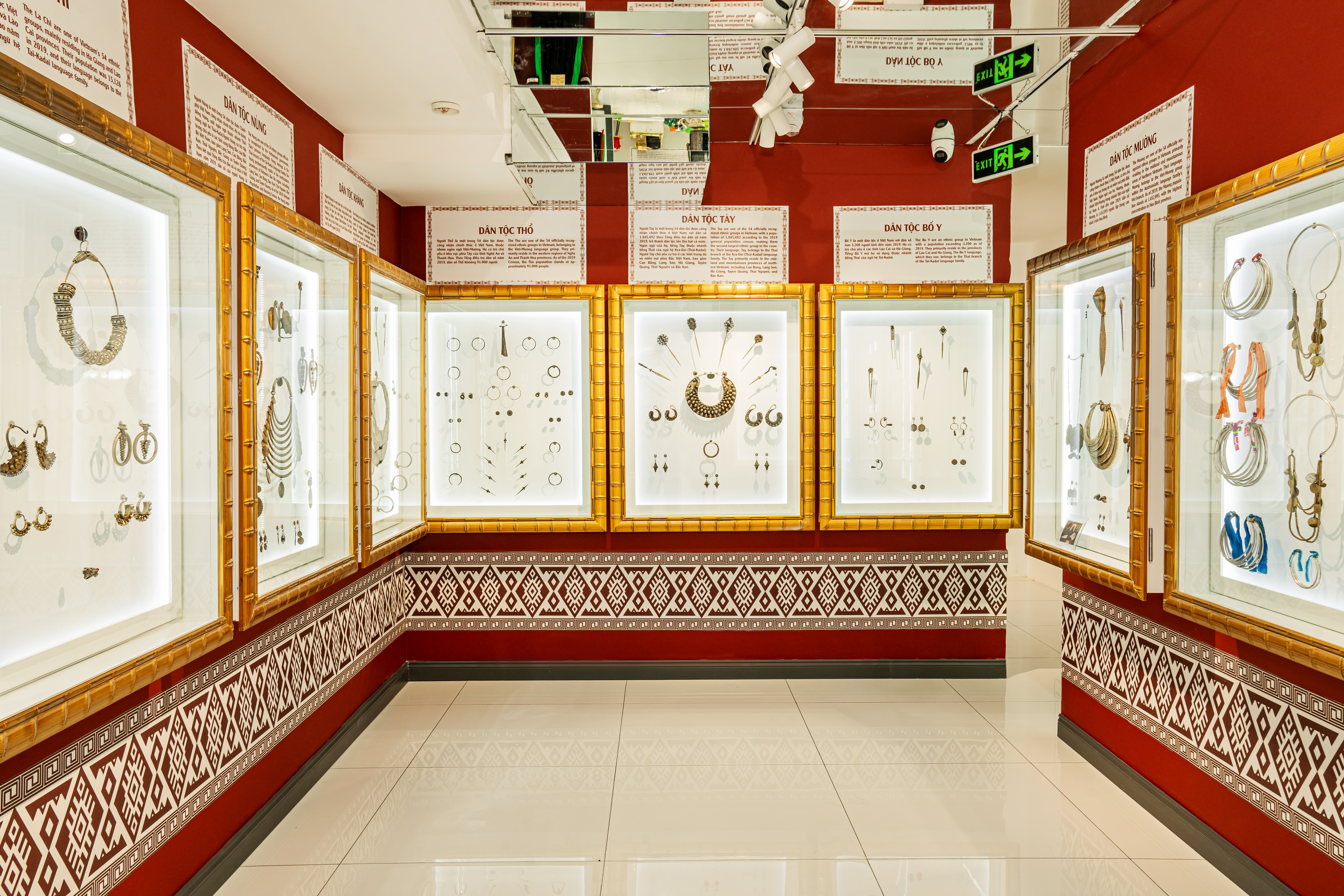
|
|
A vibrant display of jewelry from various ethnic minorities. Photo: Supplied |
Both museums are open daily from 9:00 am to 10:00 pm, with tickets priced at VND250,000. At the Nguyen Dynasty Artifacts Museum, visitors can even dress up in royal costumes and take photos on replicas of the king’s throne and the queen’s palanquin and carriage, offering a unique, immersive experience.
Photography is also permitted throughout the museums, allowing visitors to capture and share the beauty of Vietnam’s cultural heritage.
Hoi An’s history told through printing woodblocks, imperial rescripts
NDO – The historic milestones of the UNESCO-listed ancient town of Hoi An, and Quang Nam province in general, are being told through an exhibition featuring relevant printing woodblocks and imperial decrees.
Spratly and Paracel Islands on the Hue Nine Dynastic Urns
Hue’s nine dynastic urns are not only national treasures indicating the authority and power of the Nguyen Dynasty, the final feudal dynasty of Vietnam, but also evaluated as a geographical book, a unique encyclopedia of Vietnam in the early 19th century. In particular, on the nine dynastic urns, many names of mountains, rivers and marine islands of Vietnam are shown quite clearly and convincingly. This shows that our ancestors had deep awareness of national sovereignty, including marine islands.

